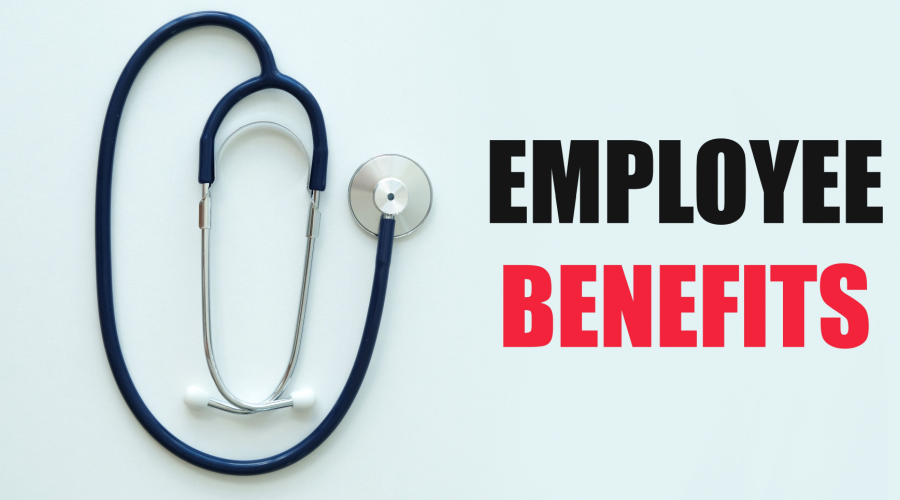When you leave out the costs directly related to the services your pharmacy provides—dispensing drugs and counseling patients, among others—you’re left with the overhead. Overhead costs entail all non-labor expenses required to run your pharmacy business.
Prescription drugs are generally the main source of revenue for pharmacies. The drugs are sold for more than their wholesale price in order to cover the overhead costs of store operations. Brand or generic, the type of drug doesn’t matter when it comes to overhead for your pharmacy. Overhead costs are the same for your business regardless of the type of drug dispensed—even though the generic pricing structure doesn’t reflect this fact.
All pharmacists, whether you’re looking to open your own pharmacy business or not, should understand the basic costs involved in running a pharmacy. Here’s a quick overview of the types of overhead costs required to open and operate a pharmacy today.
For a more detailed breakdown of costs, see How Much Does It Cost to Run a Pharmacy?
Building your store
First, your pharmacy requires a physical presence. You must pay the costs associated with building or remodeling a store to meet your state’s board of pharmacy regulations and city regulations. This includes such details as security, handicap accessibility, water, telephone, fax and more requirements. After completion, your pharmacy’s brick-and-mortar location must pass an inspection by the board of pharmacy.
Acquiring licenses and numbers
Before beginning operations, your pharmacy also has to obtain the required licenses. You must apply for and receive a license from your state’s board of pharmacy and the Drug Enforcement Agency (DEA). Your pharmacy must also pass an inspection by the DEA. Additionally, your pharmacy must obtain a NCPDP number and a NPI number.
Stocking your inventory
Without product to dispense your pharmacy can’t operate. You must find the right wholesaler to purchase prescription medications and then pay for the necessary pharmaceuticals to create an inventory. You must also find suppliers for and stock retail items for your front end. Not to mention purchasing the necessary pharmacy software system, cash registers and other operating equipment.
Everyday expenses
Keeping your pharmacy in business requires overhead costs that can range from rent to marketing and advertising efforts and everything in between. Pharmacies must pay their employees’ (and their own) salaries, purchase product to maintain their inventory, keep up with administrative costs and more.
A Member-Owned Company Serving Independent Pharmacies
PBA Health is dedicated to helping independent pharmacies reach their full potential on the buy-side of their business. Founded and owned by pharmacists, PBA Health serves independent pharmacies with group purchasing services, wholesaler contract negotiations, proprietary purchasing tools, and more.
An HDA member, PBA Health operates its own NABP-accredited secondary wholesaler with more than 6,000 SKUs, including brands, generics, narcotics CII-CV, cold-storage products, and over-the-counter (OTC) products — offering the lowest prices in the secondary market.












